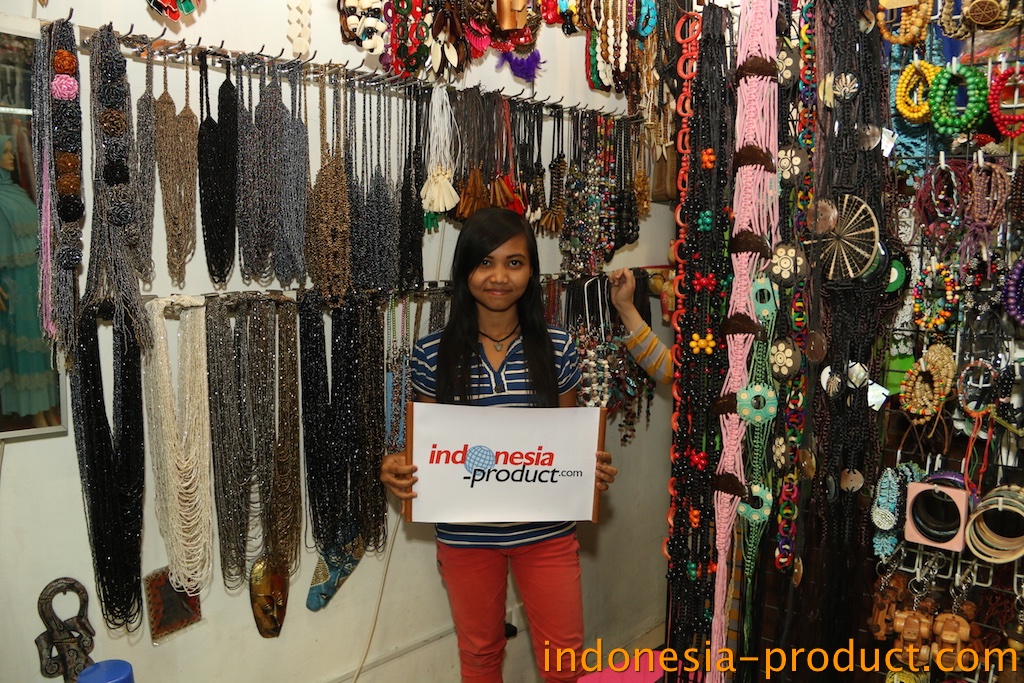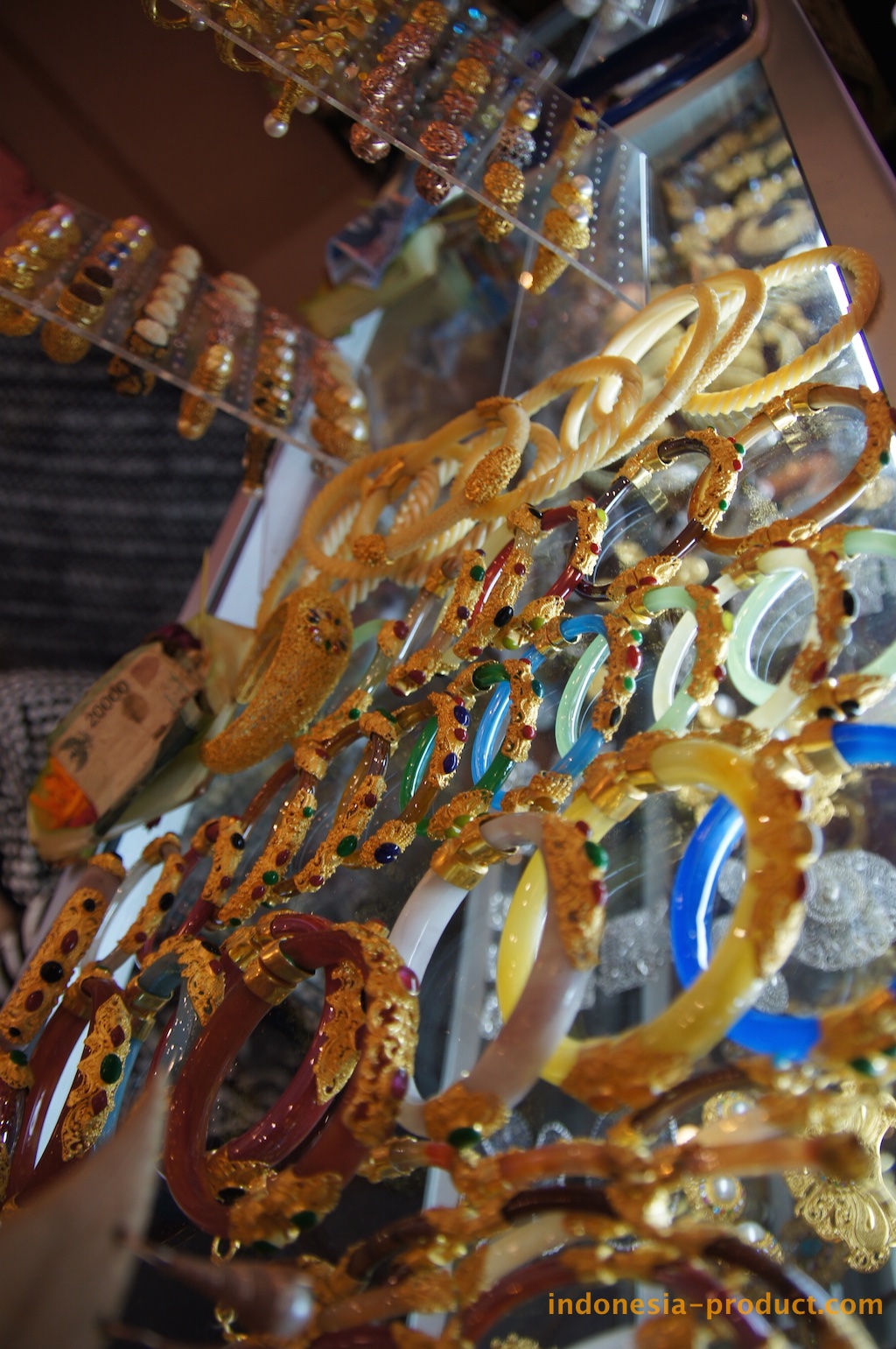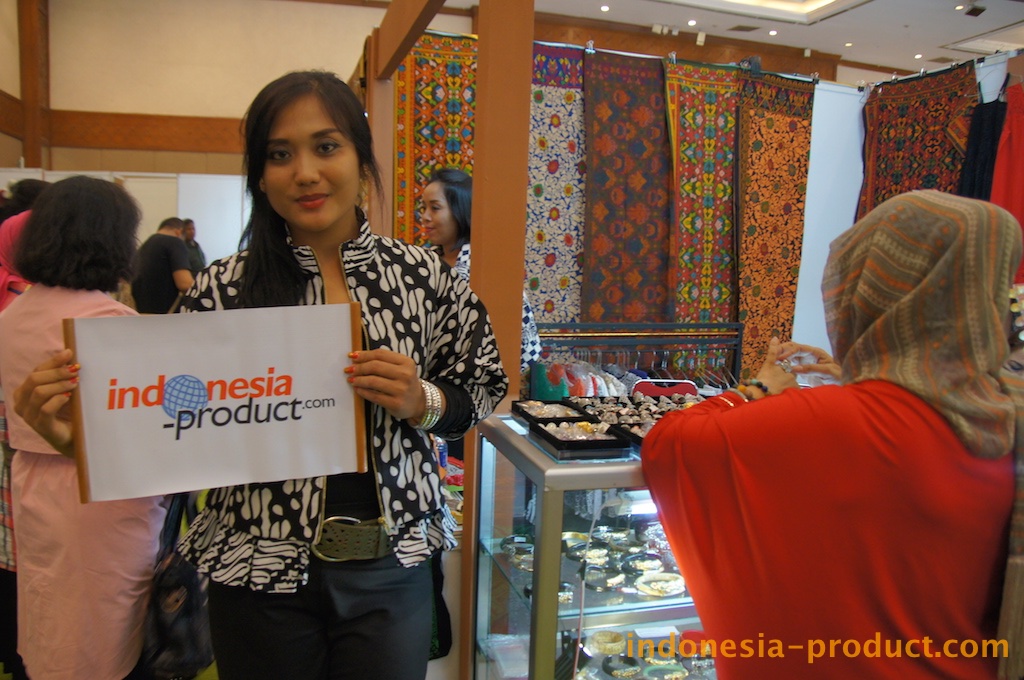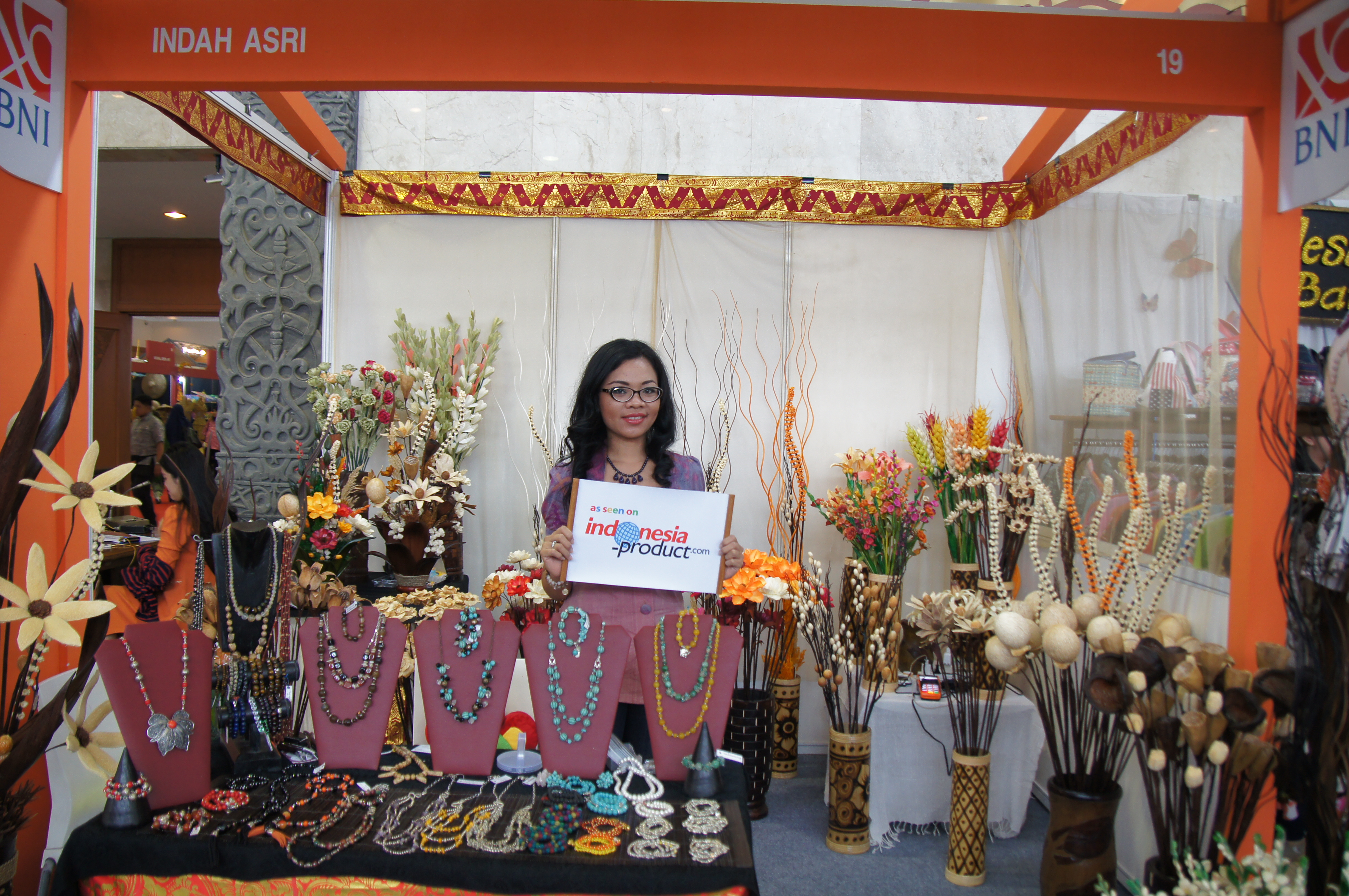GLOBAL JEWELRY INDUSTRY HAS POTENTIAL TO GROW TO US$280 BILLION BY 2015
Tacy, Israel
Global jewelry sales will grow at 4.6 percent year-on-year to touch US$185 billion in 2015 and US$230 billion in 2015, says a report released by the Gem & Jewellery Export Promotion Council (GJEPC) and professional services firm KPMG. However, finds “The Global Gems and Jewellery: Vision 2015: Transforming for Growth†report, the industry has the potential to grow beyond US$230 billion. The study estimates the range of impact to be around US$50 billion, taking the industry size to US$280 billion by 2015. In such a situation, the industry would be growing at a Compounded Annual Growth Rate (CAGR) of 6.7 percent, an increment of 2.1 percent over the realistic case.
At this rate, the industry would be growing faster than the Gross Domestic Product (GDP) per capita and would be claiming a share of the market from other luxury goods. Diamond and plain gold jewelry (product segments) and India and China (markets) will contribute the bulk of this incremental growth. This additional growth will also have a salutary impact on other parameters of industry health – inventory levels (will decrease from 19 percent to 7.5 percent), value addition will increase in the intermediate stages of the value chain (for example, in polishing from 29 percent to 34 percent).
The size of the global gems and jewelry industry is estimated at US$146 billion at retail prices in 2005, and has grown at an average CAGR of 5.2 percent since 2000.
Sales of jewelry are concentrated in eight key world markets, which corner more than three fourth of world sales. The U.S. is the world’s largest market for jewelry and accounted for an estimated 31 percent of world jewelry sales in 2005. India and China are the emerging centers of jewelry consumption and have steadily increased their share of the pie to 8.3 percent and 8.9 percent, respectively in 2005. India and China together will emerge as a market equivalent to U.S. market by 2015, says the GJEPC.
The report found that the structure of the diamond-processing industry will change considerably and India’s share of the processing pie will drop from 57 percent today to around 49 percent in value terms by 2015.
China will emerge as a strong player with 21.3 percent of the diamond processing share. By 2015, around nine percent of the world’s diamonds, in volume terms, will be processed locally by mining countries, with Angola, Namibia, and Botswana emerging as profitable CPD centers in Africa.
Fragmentation of supply sources and slow diamond jewelry growth will make the rough diamond industry more demand sensitive. The rough diamond industry has seen trends such as increased fragmentation of rough diamond supply, emergence of new mines, local beneficiation movement in mining countries and a bull-run in precious metal prices. Jewellery fabrication has been affected by accelerating fashion cycles, relative factor costs between manufacturing and consuming nations, and volatile metal prices have fuelled a drive towards moving fabrication to low cost countries.
Value addition at the two ends of the value chain is the highest, with intermediate segments adding relatively lower value (29 percent in diamond cutting and polishing and 32 percent in jewelry manufacturing).
The report found eight key scenarios that are likely to impact the industry:
• Mining countries encourage local beneficiation and capture a share of the polishing industry.
• Supply sources get fragmented and rough supply increases.
• Consolidation occurs across the jewelry value chain.
• Existing centers of the industry lose out in favor of new ones.
• Substitutes such as synthetic diamonds and non-precious metals capture a share of the precious jewelry market.
• Demand for plain gold jewelry declines.
• Large emerging retail markets such as China and India organize and consolidate.
• Jewellery loses out to competing luxury goods.
“On this occasion, I congratulate and thank KPMG and all those dignitaries for their immense contribution in building this report. The report has thrown lot of challenges and time has come when every individual player in this Industry will have to work efficiently and professionally for taking this industry to the next level. I urge the entire Industry and trade organizations world wide such as World Federation of Diamond Bourses, International Diamond Manufacturers Association, Jewelers of America etc to play a pivotal role as facilitators and work in synergy for betterment of this Industry,†says Sanjay Kothari, Chairman of the GJPEC.
“Transformation is necessary for growth. The industry has the potential to successfully compete against the luxury goods industry and preserve its traditional domination of the consumer’s discretionary spend. The industry needs to defend jewelry as a category and explore newer markets, while professionalizing family businesses,†adds Neelesh Hundekari, Director of Advisory Services at KPMG India.
The report found that palladium is expected to establish itself as an alternative metal for jewelry fabrication, while gold and diamond jewelry will continue to dominate the market together, accounting for about 82 percent. Diamond jewelry will be the slowest growing segment at a CAGR of 3.3 percent. Growth in the industry will be slow as compared to that expected in other luxury goods categories such as watches, perfumes, etc. For example, luxury apparel, a US$100 billion market today, is expected to grow at 10-15 percent over the next seven years.
To realize its potential by 2015, the industry would have to focus on the growing demand for jewelry as a category and strengthen industry-level and enterprise level capabilities. These programs need to be initiated within the next 12-18 months for its benefits to be realized over the next 10 years.
The Way Forward
To date, the industry has survived due to the intrinsic attraction of its product, the sporadic marketing push by some incumbents, and the entrepreneurial skills of individuals. However, the threat posed by luxury goods, changing consumer habits, industry’s opaque and transactional mode of operation, and various socioeconomic and political forces are fast changing the environment the industry operates in. It is evident that the survival of the industry (and of individual players) is dependent on their successful reinvention of the category, substantial infusion of capital and talent, and adaptability to change.
The report suggests the following action programs for the industry:
Develop demand for jewelry as a category – promote jewelry as a category instead of distinct metals and stones and identify new product and consumer segments.
Manage the portfolio of markets – re-establish value proposition in developed markets, maximize potential of emerging markets, and identify markets of the future.
Strengthen industry-level capabilities
Enhance image of the industry in the eyes of governments, regulators and consumers by publishing information, promoting transparency in business, professionalizing and transforming family-owned businesses, attracting talent from luxury goods industries, reducing the cost of financing with players to select strategic position and enhance individual capabilities.
Compete on one of the four strategic positions:
o Big brother (presence across the value chain);
o Volume player (large scale operations in a single segment);
o Specialist (possession of skills);
o Straddler (presence in adjacent segments);
Critical capabilities for segments: mining, sourcing and processing, and jewelry fabrication.





